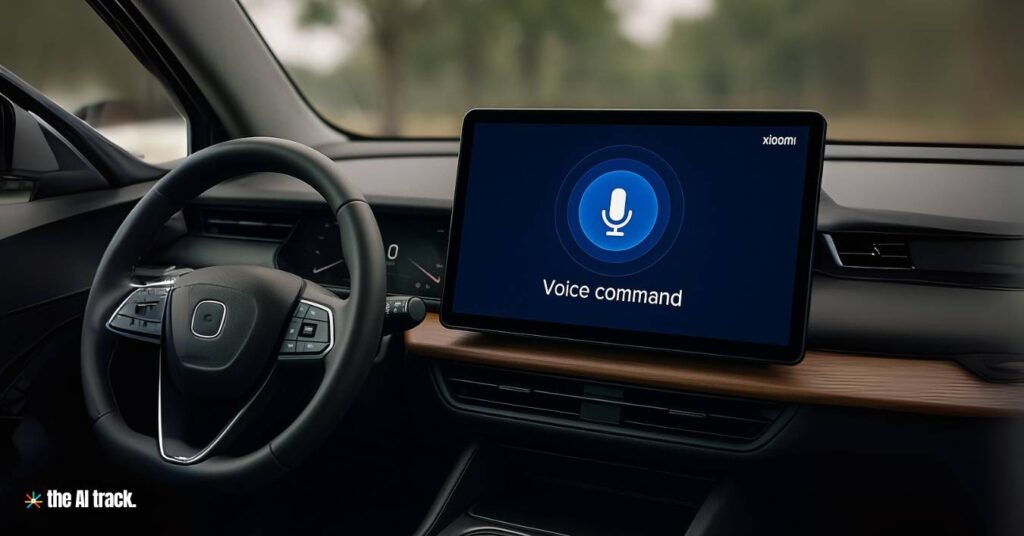
Photo source: theaitrack.com
Xiaomi has entered the open-source AI race with the launch of MiDashengLM-7B on August 4, 2025. Marketed as a next-generation audio intelligence model, it aims to transform how we interact with cars, smart homes, and connected devices. But does it live up to its promise?
Key Features
MiDashengLM-7B is designed to understand and process not just spoken language, but also ambient sounds, music, and environmental noise. It uses Xiaomi’s proprietary Dasheng audio encoder paired with the Qwen2.5-Omni-7B decoder, enabling multi-modal comprehension.
Its performance benchmarks are impressive — four times faster first-token response compared to similar models and 20× higher concurrency with the same GPU resources. It has also topped 22 public audio-related benchmarks, proving its technical strength.
The model is fully open-source under the Apache 2.0 license, meaning developers can freely adapt it for commercial and research use. Xiaomi has already deployed it in over 30 products, from in-car voice assistants to home appliances.
Practical features include:
- Real-time voice command execution.
- Ambient sound recognition (e.g., detecting breaking glass or clapping).
- Music understanding and classification.
- Voice control without internet dependency in certain cases.
Usefulness in Real Life

For smart homes, MiDashengLM-7B can make interactions far more natural. Imagine controlling lights, air conditioning, or security systems simply through conversational commands, even in noisy environments.
In automobiles, it enables safer, hands-free control — adjusting navigation, music, or climate without taking eyes off the road. It can also recognize environmental cues, like emergency sirens, and adapt accordingly.
For developers and businesses, the open-source release lowers costs and accelerates innovation. Small tech companies can integrate advanced AI into products without heavy licensing fees.
Potential Limitations
While powerful, the model’s usefulness depends on hardware integration and data privacy measures. Without proper safeguards, constant sound monitoring could raise security concerns. Also, its benefits might be less visible for users who already rely on established assistants like Alexa or Google Assistant.
MiDashengLM-7B is a significant step in AI voice technology, especially because it blends speed, accuracy, and openness. If adoption grows beyond Xiaomi’s ecosystem, it could become a genuine industry standard — not just a niche innovation.



